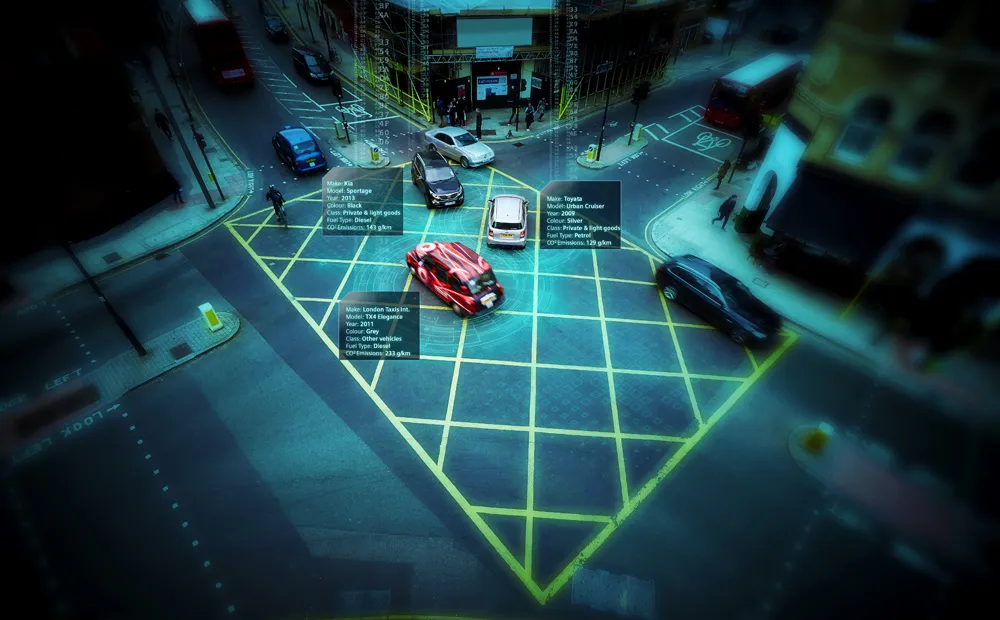A new transportation infrastructure that proposes to revolutionise the way electric vehicles (EVs) are used in the future has been unveiled. The TEV project uses a standardised pre-fabricated construction to greatly reduce local construction costs to deliver mass transport, across all types of terrain, anywhere in the world. It is being developed as an open-source venture, achievable now, using existing technologies. “With a specialised two-lane track, the size of a narrow country road, the capacity on the
August 13, 2012
Read time: 2 mins
A new transportation infrastructure that proposes to revolutionise the way electric vehicles (EVs) are used in the future has been unveiled. The 6360 TEV project uses a standardised pre-fabricated construction to greatly reduce local construction costs to deliver mass transport, across all types of terrain, anywhere in the world. It is being developed as an open-source venture, achievable now, using existing technologies. “With a specialised two-lane track, the size of a narrow country road, the capacity on the TEV track is equal to a 20-lane motorway,” says Will Jones, TEV Project founder.
“Using electric and hybrid vehicles, TEV will transform the way we travel. On a TEV track, a journey from the New York area to Washington DC, some 190 miles, will take about 90 minutes,” says Jones. “TEV has huge advantages over traditional motorway construction. As they are under automatic control, vehicles reaching speeds of 120 miles per hour (200 kms/h) can still safely drive close together. The TEV track is designed so you don’t stop; instead it will use a ramp to exit or join, so there will be no traffic jams.
“Using electric and hybrid vehicles, TEV will transform the way we travel. On a TEV track, a journey from the New York area to Washington DC, some 190 miles, will take about 90 minutes,” says Jones. “TEV has huge advantages over traditional motorway construction. As they are under automatic control, vehicles reaching speeds of 120 miles per hour (200 kms/h) can still safely drive close together. The TEV track is designed so you don’t stop; instead it will use a ramp to exit or join, so there will be no traffic jams.










